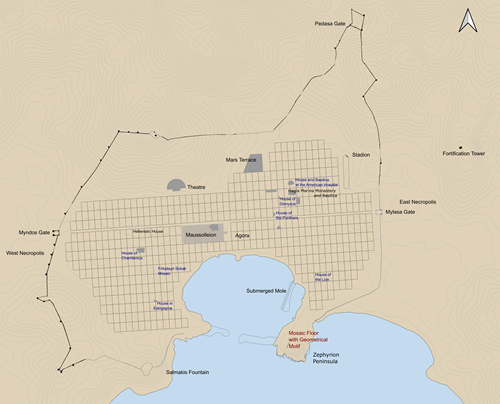 Fig. 1. Plan of Halikarnassos with the mosaic indicated in the Zephyrion Peninsula (N. Bargfeldt and F.S. Nielsen).
Fig. 1. Plan of Halikarnassos with the mosaic indicated in the Zephyrion Peninsula (N. Bargfeldt and F.S. Nielsen).
In the Bodrum Museum of Underwater Archaeology (the Castle of St Peter) on the Zephyrion Peninsula a late-antique geometric mosaic floor has been preserved in situ(Figs 1–3). It is situated on the upper terrace of the castle between the Naillac Building and the Tower G (the so-called Snake Tower) adjacent to foundations that have been tentatively attributed to the Palace of Maussollos. It is, however, oriented differently from these older walls and foundations and is apparently in no way related to these. No part of the late-antique structure to which the mosaic belonged has been identified yet. It is unknown when the mosaic was first discovered, but most of the area lay hidden under a large building until this was demolished in the beginning of 1980s.
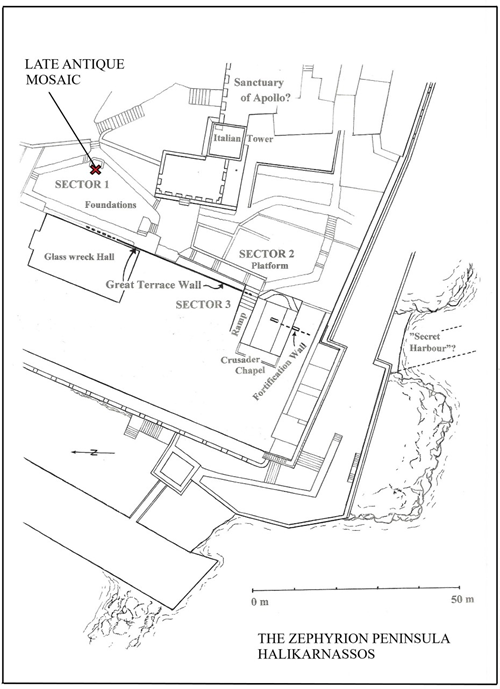 Fig. 2. The Zephyrion peninsula with a detail of the Castle of St Peter in which the placing of the mosaic is indicated (P. Pedersen).
Fig. 2. The Zephyrion peninsula with a detail of the Castle of St Peter in which the placing of the mosaic is indicated (P. Pedersen).
The mosaic
The mosaic floor is preserved in neither its full width nor its full length. It has a central field with geometric design that measures 2.72 m (N–S) and 2.32 m (E–W). On its three preserved sides, the central panel of geometric design is surrounded by a white border with spaced and poised serrated squares, dark blue with a white centre.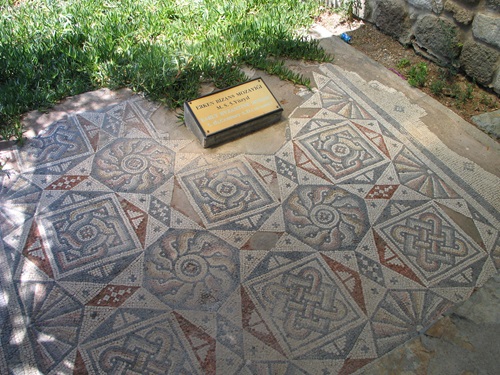
Fig. 3. Floor mosaic seen from the southeast (B. Poulsen).
The field inside the blue border is preserved to its full width north–south. It contains a composition consisting of squares that form stars with eight points, creating octagons and lozenges between them. The stars are created by three squares, and the pattern may also be seen as octagons of various sizes and placed in rows. Two rows of squares and part of a third are preserved, each comprising three squares with the same motif. The contained geometric motifs are all are made by multi-shaded strands.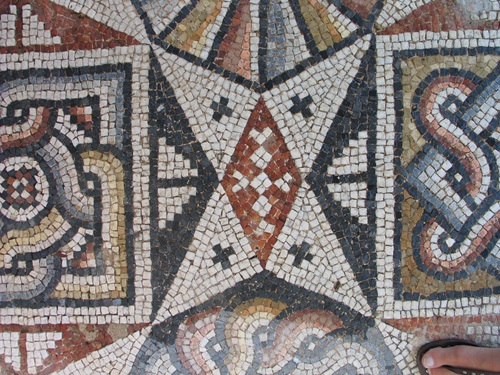
Fig. 4. Detail of the mosaic (B. Poulsen).
The squares to the east contain a poised square interloped with a Solomon’s knot on a white ground (Figs 3 - 4). The second row of squares from the east contains a looped circle with a multicoloured diamond in the centre and rainbow-triangles (blue, red, pink) in the corners on a white ground (Figs 3 - 4). Each square of the westernmost row contains a square interloped with a poised curvilinear square (cushion) on a yellow ground (Fig. 3). Of this row only the square to the south and the beginning of that in the centre are preserved. The square to the south has a yellow background. It can be observed that the one in the centre has a white background.
On each side of the square are flat triangles, alternately blue and red, with a white stepped pyramid inside each (Figs 1 and 4). Between the nine squares are four octagons that all contain two concentric circles surrounded by a multi-shaded two-strand twist on a blue background. The half- and quarter-octagons formed at the sides and the corners (Figs 1 and 5) are filled in with various shades of blue, red, and yellow arranged like a fan.
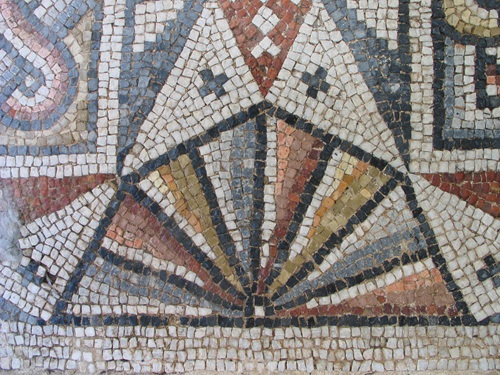
Fig. 5.Detail of the mosaic with fan-like motif (B. Poulsen).
Reconstruction
Even though the mosaic is neither preserved in its full width nor its full length, a few things concerning its original size can be said. If the poised serrated squares in the outer white borders are placed approximately in the middle of the border, these would not have been much wider than the 36 cm measured to the south, and the total measurement north–south would probably not have exceeded ca. 3.60 m. As to the extension towards the west, the beginning of a further octagon containing a multi-shaded two-strand twist is visible near the southernmost square. It is therefore safe to estimate at least one further row of squares to the west, and it follows that the room would have had a rectangular form. Unfortunately, neither the context of the room nor from which side the room was accessed can be determined, since no further remains are visible or have been recorded.
Composition and comparanda
Seen as isolated elements, the various geometrical motifs appear frequently, particularly during Late Antiquity, but the geometrical composition is rather unique. The basic scheme may be compared to a composition called “orthogonal pattern of eight-pointed stars of two intersecting squares”, and only three parallels have so far been identified. One is an almost identical mosaic found in the basilica of Kapamà in the village of Zipari on Kos. Here the mosaic decorates the so-called Annex 1 on the northern side of the basilica. The mosaic pavement in Kapamà includes 12 squares in two rows, divided by five octagons that all contain two concentric circles, surrounded by a multi-shaded two-strand twist. The half- and quarter-octagons formed at the sides and the corners are filled in with various shades of blue, red, and yellow, arranged like a fan with eight divisions. All these elements correspond exactly to the ones in the floor of Halikarnassos. However, the squares of the floor in Kapamà contain different motifs. Besides a looped circle with two concentric circles in the centre, they contain vessels (kantharoi), birds, an orthogonal pattern of shaded adjacent scales, a star made of eight lozenges, and a curvilinear square interloped with a poised curvilinear square (cushion).
Date
The date of the mosaic floor in Halikarnassos may be based solely on iconography and style, and the many parallels both to single geometrical motifs and composition seem to indicate a date in the 5th century.Domus?
The mosaic in Halikarnassos is placed on one of the upper terraces of the Zephyrion Peninsula. Apparently, this site not only housed the Palace of Maussollos from the 4th century BC but also a Temple of Apollo close to it. As previously mentioned, the context of the mosaic floor is unknown, but the building of which it formed part was indeed situated in a prominent site of the city. We do not know the later history of the Palace of Maussollos and the Temple of Apollo, but both buildings seem to have declined at the time of the construction of the new structure in the 5th century, even though some of the original terracing could have been reused.
Parallels for the restructuring and reuse of akropolis hills during Late Antiquity are at hand in many other places in Asia Minor, and in some cases, they became occupied by large dwellings that contain the essential features of a late-antique house/domos. This is for instance the case in Xanthos, where exquisitely embellished houses were built on the Lycian akropolis during the 4th–6th centuries AD.
Publications and Preliminary Reports
Courtils, J. des & L. Cavalier 2001: The city of Xanthos from Archaic to Byzantine times, in D. Parrish (ed.), Urbanism in Western Asia Minor, JRA Suppl. 45, Portsmouth, 148–171.
De Matteis, L.M. 2013: Mosaici tardoantichi dell’isola di Cos. Scavi italiani 1912–1845, BARIntSer 2515, Oxford.
De Matteis, L.M. 2011: The Mosaics of the Early Christian Basilicas on the Island of Kos, in M. Şahin (ed.), 11th International Colloquium on Ancient Mosaics, Istanbul, 339–351.
Højte, J. & P. Pedersen (eds) forthcoming: Investigations and Excavations at the Zephyrion Peninsula in Halikarnassos 2. The finds, Halicarnassian Studies 7, Odense.
Manière-Lévêque, A-M. 2012: Corpus of the Mosaics of Turkey 2. Lycia: Xanthos 2, Istanbul.
Pedersen, P. 2009a: Survey and excavation in Halikarnassos, Turkey (2002–2006), ActaHyp 12, 542–550.
Pedersen, P. 2009b: The palace of Maussollos in Halikarnassos and some thoughts on its Karian and international context, in F. Rumscheid (ed.), Die Karer und die Anderen, Bonn, 315–348.
Poulsen B. 2011: Halikarnassos during the Imperial period and Late Antiquity, in L. Karlsson & S. Carlsson (eds), Labraunda and Karia, Uppsala, 424–443.
Poulsen, B. 2021: A Mosaic in Halikarnassos: Cultural interrelations between Halikarnassos and the Dodekanese during Late Antiquity, in B. Poulsen, P. Pedersen & J. Lund (eds), Karia and the Dodekanese. Cultural Interrelations in the Southeast Aegean II, Oxford & Philadelphia.